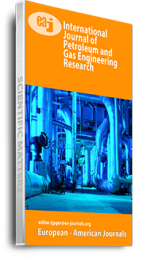In order to regain wellbore permeability, several operators use synthetic surfactant, polymers and other chemical compounds to ensure interfacial tension reduction between oil-water/brine, mobility control, alteration of the wettability of the reservoir rocks, filter cake removal in wellbore cleanup and reservoir remediation operations. These synthetic surfactants are not biodegradable, they are expensive, toxic and are linked to products of petroleum origin. This accounts for the growing research interests in biosurfactants, environmentally friendly and cost effective remediation products of good compatibility with reservoir rocks, biodegradability and lower toxicity. A nonionic saponin extracts from indigenous plants were used to design a biosurfactant solution with mostly acid and solvent soluble materials. Formulation of reservoir drill-in fluid (RDIF) was carried out for the purpose of filter cake generation, using the American Petroleum Institute (API) high temperature/high pressure (HTHP) filter press. Appropriate evaluations and laboratory testing to determine the effectiveness and feasibility of the biosurfactant solution to remove the filter cake were carried out. Results showed that the biosurfactant solution formed was able to fluidize and remove the filter cake. It was able to solubilize the oil in the emulsion, leaving the solids and surfaces in a more water wet state to enhance injectivity and productivity in the reservoir.
Keywords: Biosurfactants, Remediation, biodegradability, nonionic, wettability

